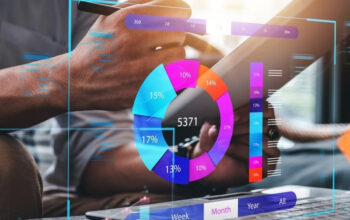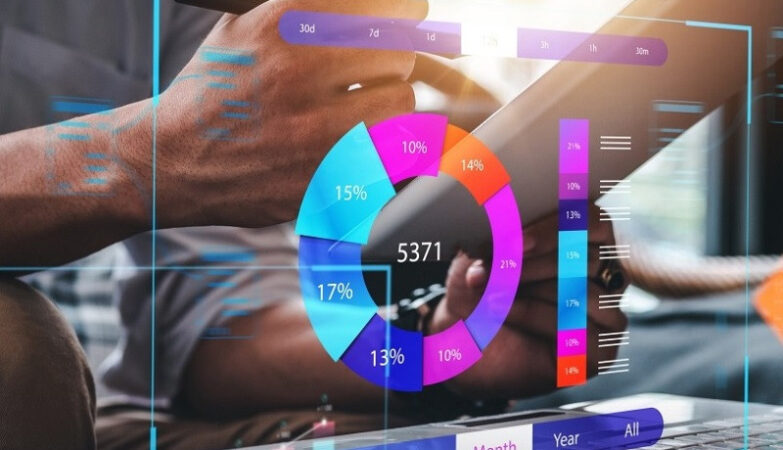Biometric login has revolutionized the way we access our devices and secure our information. As technology advances, more and more organizations are implementing biometric authentication systems to enhance security and convenience. In this article, we will explore the common types of biometric login and delve into their applications across various industries.
1. Fingerprint Recognition
Fingerprint recognition is one of the most widely adopted forms of biometric authentication. It involves scanning and analyzing unique patterns on an individual’s fingertips to verify their identity. Fingerprint recognition systems are commonly used in smartphones, laptops, and access control systems. They offer a high level of accuracy and are relatively easy to use.
In the smartphone industry, fingerprint recognition has become a standard feature for unlocking devices and authorizing app purchases. It provides a quick and secure way for users to access their personal data and protect their digital identities.
2. Facial Recognition
Facial recognition technology analyzes facial features and compares them against a database to authenticate a person’s identity. This biometric modality has gained significant popularity due to its convenience and non-intrusiveness. Facial recognition is utilized in various applications, such as smartphone unlocking, surveillance systems, and airport security.
In recent years, facial recognition has found its way into the financial industry. Banks and financial institutions have started leveraging this technology to enable secure and seamless customer authentication for online banking and transactions. Facial recognition enhances user experience while maintaining robust security measures.
3. Iris Recognition
Iris recognition involves scanning the unique patterns of an individual’s iris, which is the colored portion of the eye surrounding the pupil. This biometric authentication method offers a high level of accuracy and is difficult to forge or manipulate. Iris recognition is commonly used in government agencies, high-security facilities, and border control.
The healthcare industry has also embraced iris recognition for patient identification and medical record access. By implementing this technology, healthcare providers can ensure the privacy and security of patient data, reducing the risk of medical identity theft and fraud.
4. Voice Recognition
Voice recognition analyzes an individual’s vocal characteristics, including pitch, tone, and speech patterns, to verify their identity. This biometric modality is often employed in call centers, voice assistants, and voice-controlled systems. Voice recognition offers a hands-free and user-friendly approach to authentication.
In the banking sector, voice recognition has been integrated into customer service systems, enabling customers to securely access their accounts and perform transactions through voice commands. This technology enhances the customer experience by providing a more natural and efficient interaction.
5. Palm Vein Recognition
Palm vein recognition is a highly secure form of biometric authentication that scans the veins in an individual’s palm. It captures the unique vein patterns beneath the skin’s surface, which are difficult to replicate. Palm vein recognition systems are commonly used in high-security environments, such as military installations and research facilities.
The education sector has also started adopting palm vein recognition for student attendance tracking and access control. By implementing this technology, schools and universities can streamline their administrative processes and enhance campus security.
Conclusion
Biometric login offers a robust and convenient way to protect sensitive information and streamline access to various systems. The common types of biometric authentication, including fingerprint recognition, facial recognition, iris recognition, voice recognition, and palm vein recognition, have found applications across different industries, ranging from smartphones and banking to healthcare and education.
By understanding the capabilities and applications of these biometric modalities, organizations can enhance their security measures, improve user experience, and stay ahead in an increasingly digital world.








